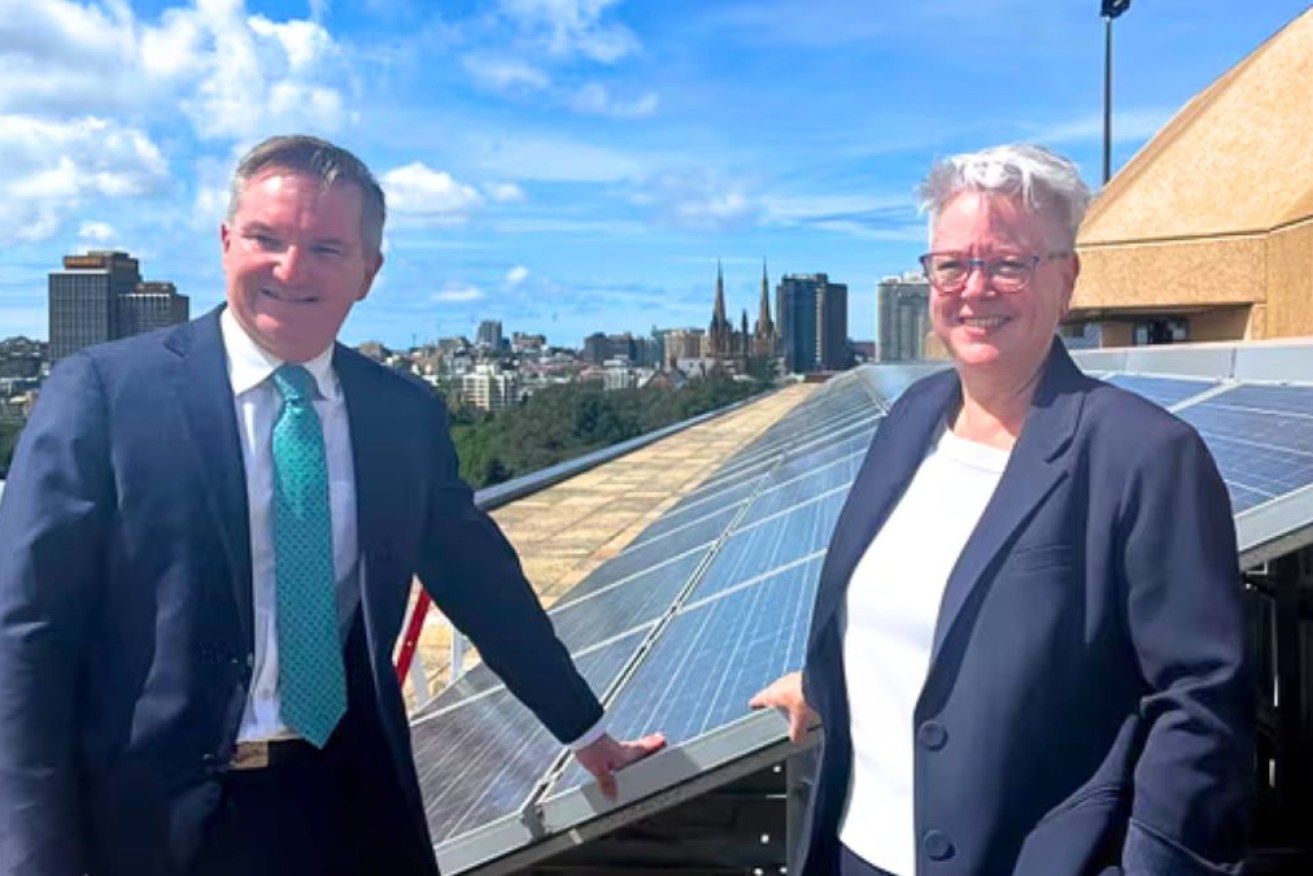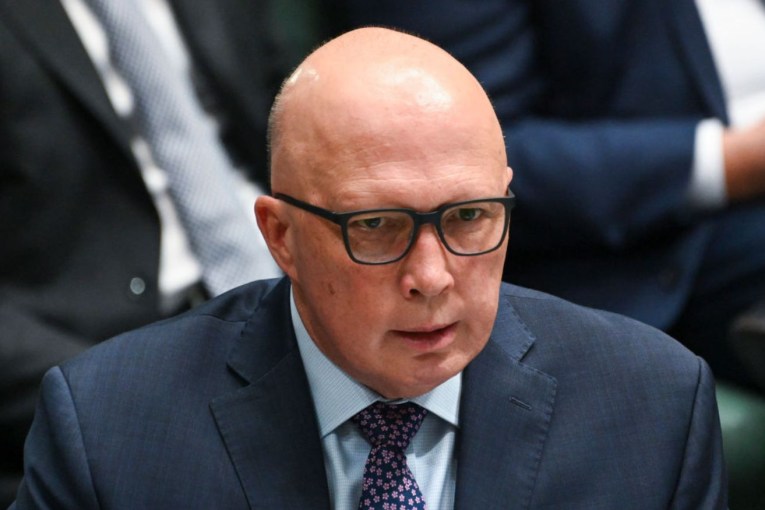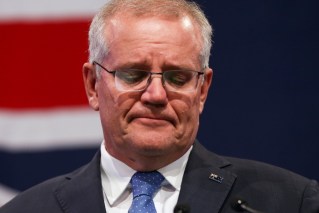Scheme to supercharge renewable capacity powers up


Federal Energy Minister Chris Bowen, with NSW Energy Minister Penny Sharpe. Photo: AAP
The government is expanding its Capacity Investment Scheme (CIS) to drive the development of new renewable energy projects.
An expansion of the underwriting scheme announced on Thursday is expected to double the renewable energy capacity of the nation’s power grid.
The move aims to stave off a likely shortfall of a government target of achieving 82 per cent renewable energy by 2030.
Currently, Australia boasts about 32 gigawatts of renewable energy within its grid.
“This policy alone will add effectively double that on-grid capacity over the next four or five years now,” said Tim Buckley, a director of Climate Energy Finance.
The CIS underwrites renewable energy projects, de-risking investments and enticing capital into the sector.
It operates on an auction-based mechanism where renewable energy investors bid to establish their projects’ minimum and maximum price points.
This ensures that investors have a guaranteed buyer at a floor price, but it means the government could benefit from taking a share of the profits of successful projects.
In its pilot phase, the scheme has already led to the procurement of more than one gigawatt of new renewable energy capacity for New South Wales.
Under the scale up announced on Thursday this will reach 32 gigawatts of renewable generation across the nation, including 9 gigawatts of dispatchable capacity and 23 gigawatts of variable capacity.
This is an amount equivalent to about half the current National Electricity Market, the minister’s office said, which services 11 million customers.
The expected cost of these contracts and auction results, and so the cost of the scheme to taxpayers, has not been released by the government ,which says the information could distort the market.
The government says the scheme will help stabilise the electricity market during a period of transition.
Under the Coalition, a total of 24 coal power stations capable of producing 26.7 gigawatts of energy announced plans to shut down.
But Climate Change Minister Chris Bowen says the former government didn’t announce any measures to offset those losses.
“We need more reliable, clean, cheaper, renewable energy before the coal-fired power stations leave,” Bowen said.
“And the biggest stretch of reliability in our energy grid today is coal-fired power stations breaking down unexpectedly.”
Australia lost full gigawatts in energy production capacity over the past decade, but had added only one, the minister said.
As for Australia’s progression towards its emissions targets, Bowen said Australia was doing well but not well enough.
“We’ve had some very good progress, but we need more progress after making up for a decade of delays,” he told the ABC.
“It’s also an indication that we are competing in a world very hungry for capital.”
Clean Energy Investor Group CEO Simon Corbell said it had been hard to secure needed investments in renewable energy.
“This new policy will help unlock a wave of new clean energy investment across the country,” he said.








